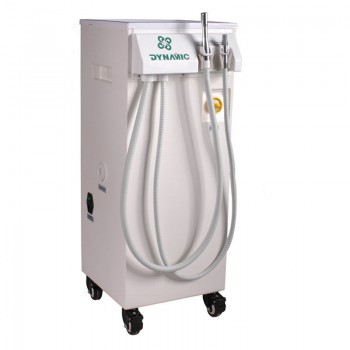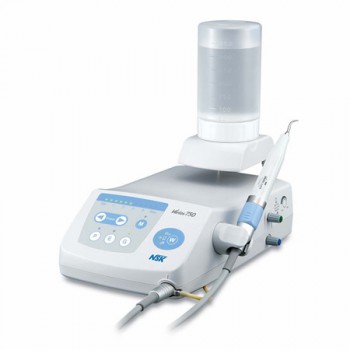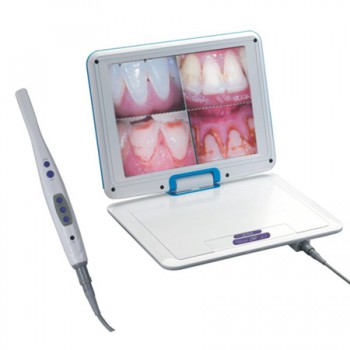An intraoral camera is a camera which is designed to be used in the mouth for the purpose of taking video or still photography. These cameras are most commonly used in dental offices, although patients can also use them at home to monitor dental health or to satisfy curiosity about what the inside of the mouth looks like.
The intraoral camera enlarges the inside of the teeth to more than 40 times their actual size on a full color screen display. By zooming in on problem areas in affecting the teeth, dentists are capable of seeing much more than they could with the human eye alone. Often, dentists find the beginnings of periodontal disease or tooth decay that would have otherwise gone undetected if examined without the intraoral camera.
Image quality and ease of use of intraoral cameras have improved tremendously over the years. Most are now very slim and ergonomically designed dental handpieces with a single button for capturing images quickly, while others may require the click on a computer screen’s icon to capture the desired images. Most are corded and can plug into the USB port in the computer. As with many dental products, multiple manufacturers of intraoral cameras are able to bridge with different radiography software. Similar to computer programs and products, each intraoral camera system has its own features, and some are compatible to specific software. Most dealer reps will offer a demonstration of the various camera types that are compatible to an office’s software systems.
Each feature that benefits the dentist also benefits the patient—maybe even more. Your dentist understands symptoms and conditions thoroughly, but it’s often difficult to explain precisely what is happening in a patient’s mouth using just a mouth mirror, which is small and hard to see, or an x-ray image, which takes time to print and doesn’t display images clearly.
When your dentist uses an intraoral camera during your examination, however, you’re seeing exactly what he or she sees right then. Dentists can display clear, colorful images, allowing them to point out any issues and discuss them with you immediately. You’ll certainly learn a lot about your mouth! And the more you see and understand, the more confident you can be when making treatment decisions.
The intraoral cameras designed for use in dental facilities come with disposable probes or probe covers to ensure that germs are not passed between patients, and they may come with a variety of options which enhance the functionality of the camera. Versions designed for home use are usually much more basic, but they can still be useful for people who want to see the inside of the mouth.


